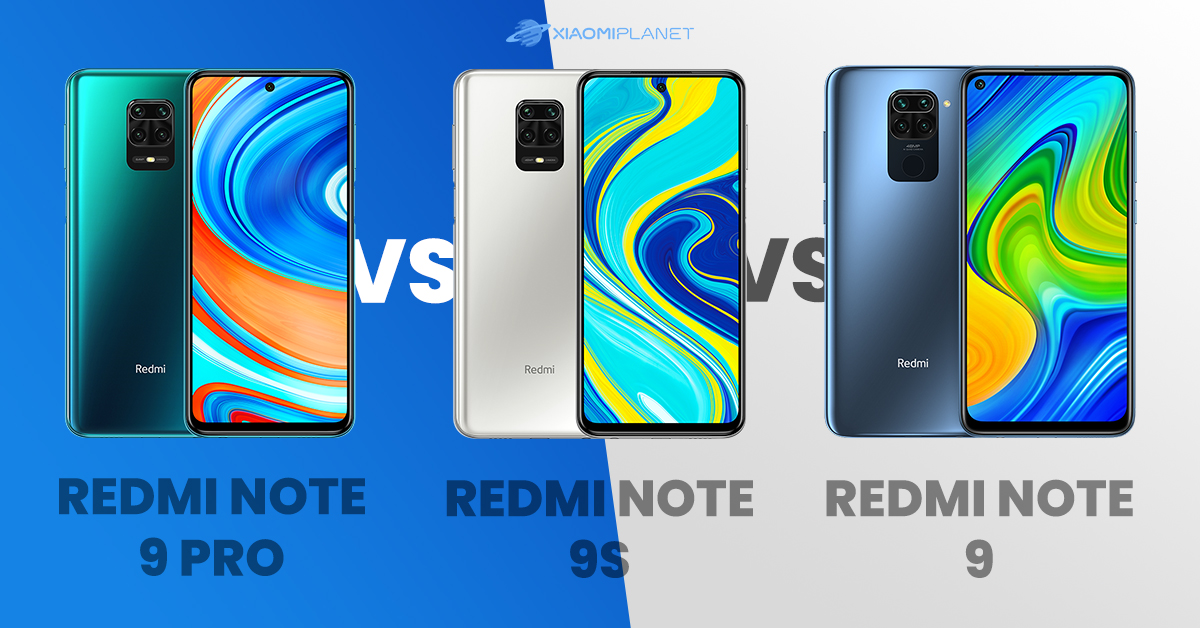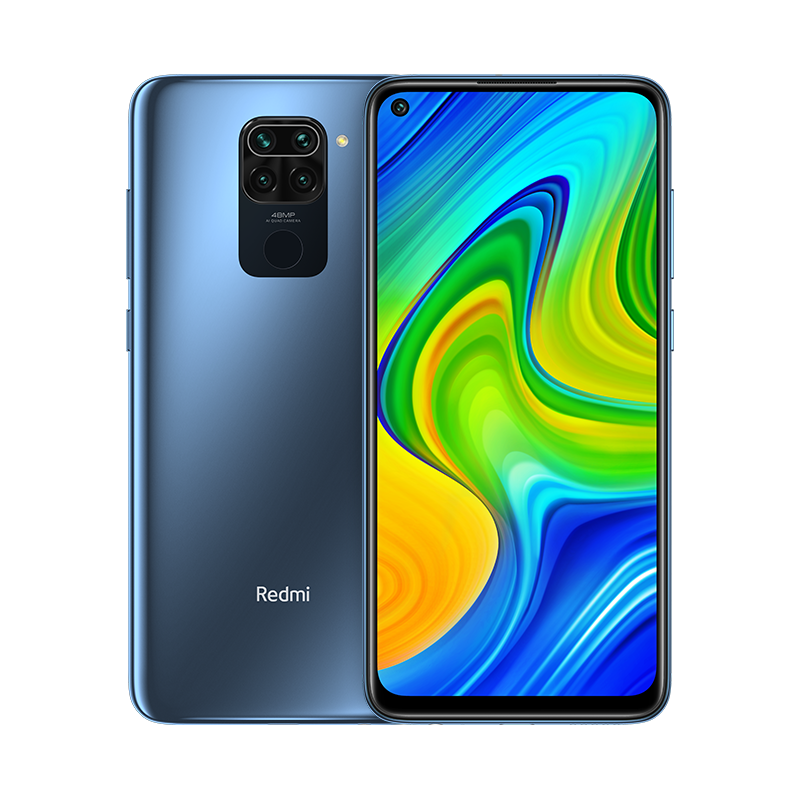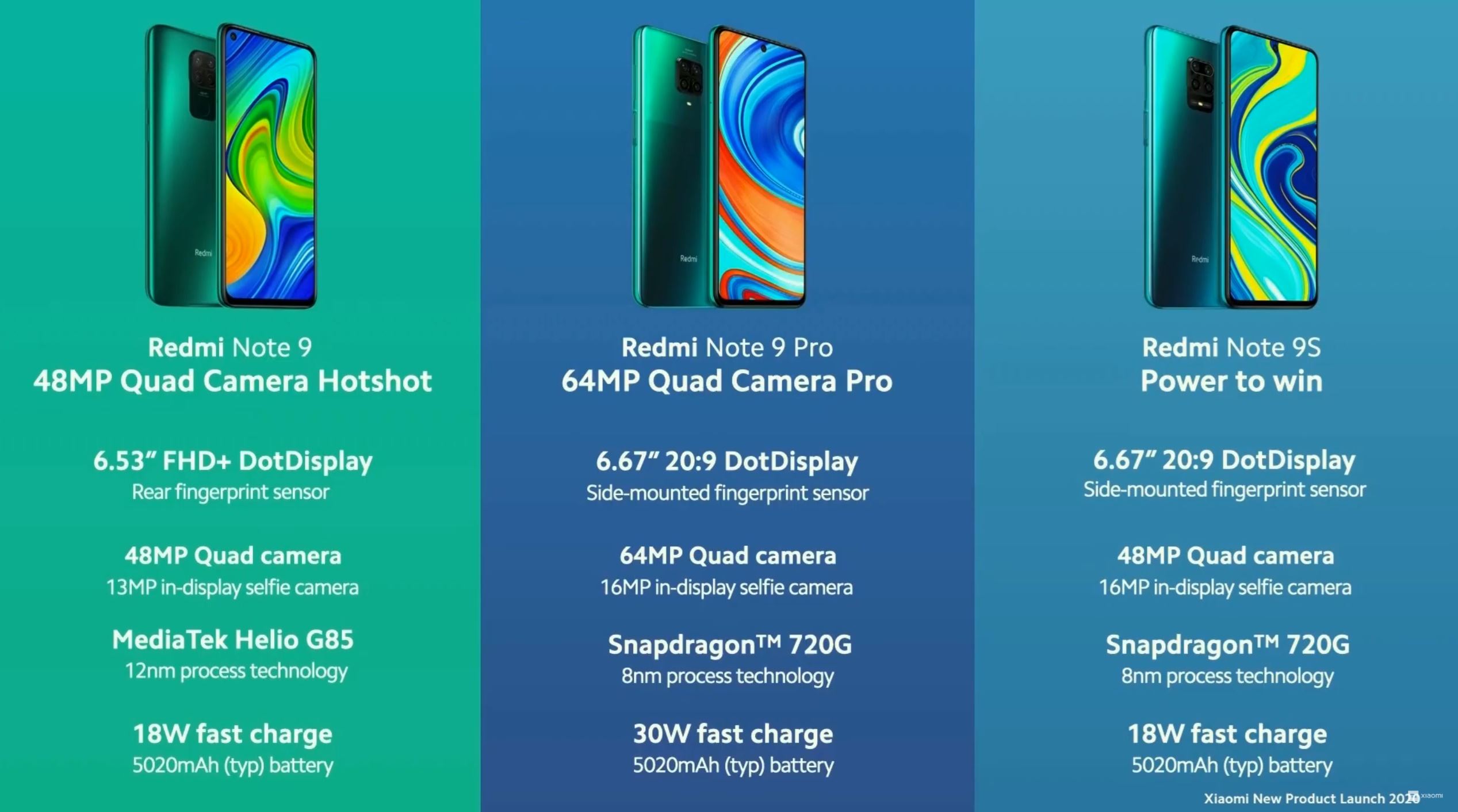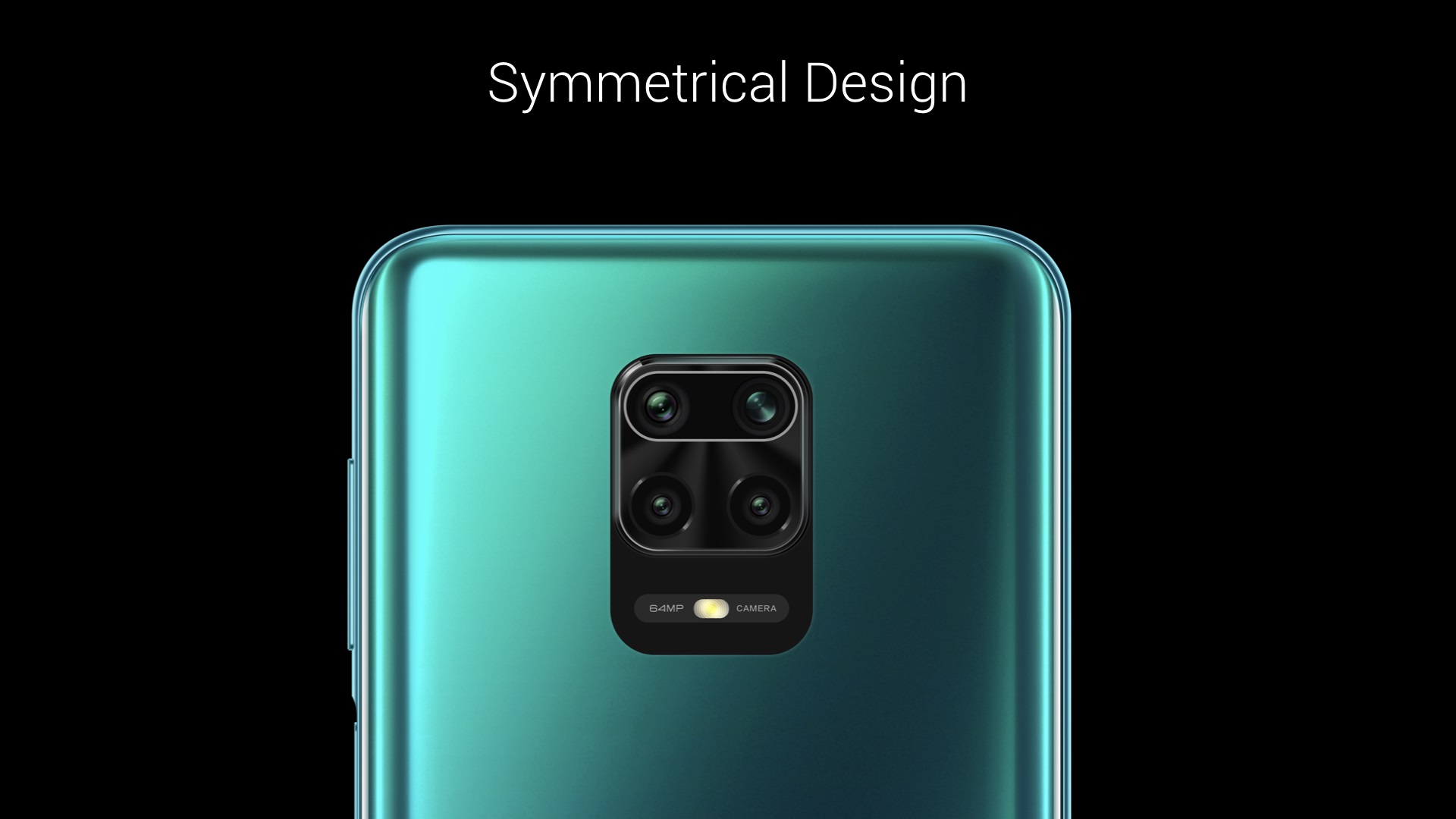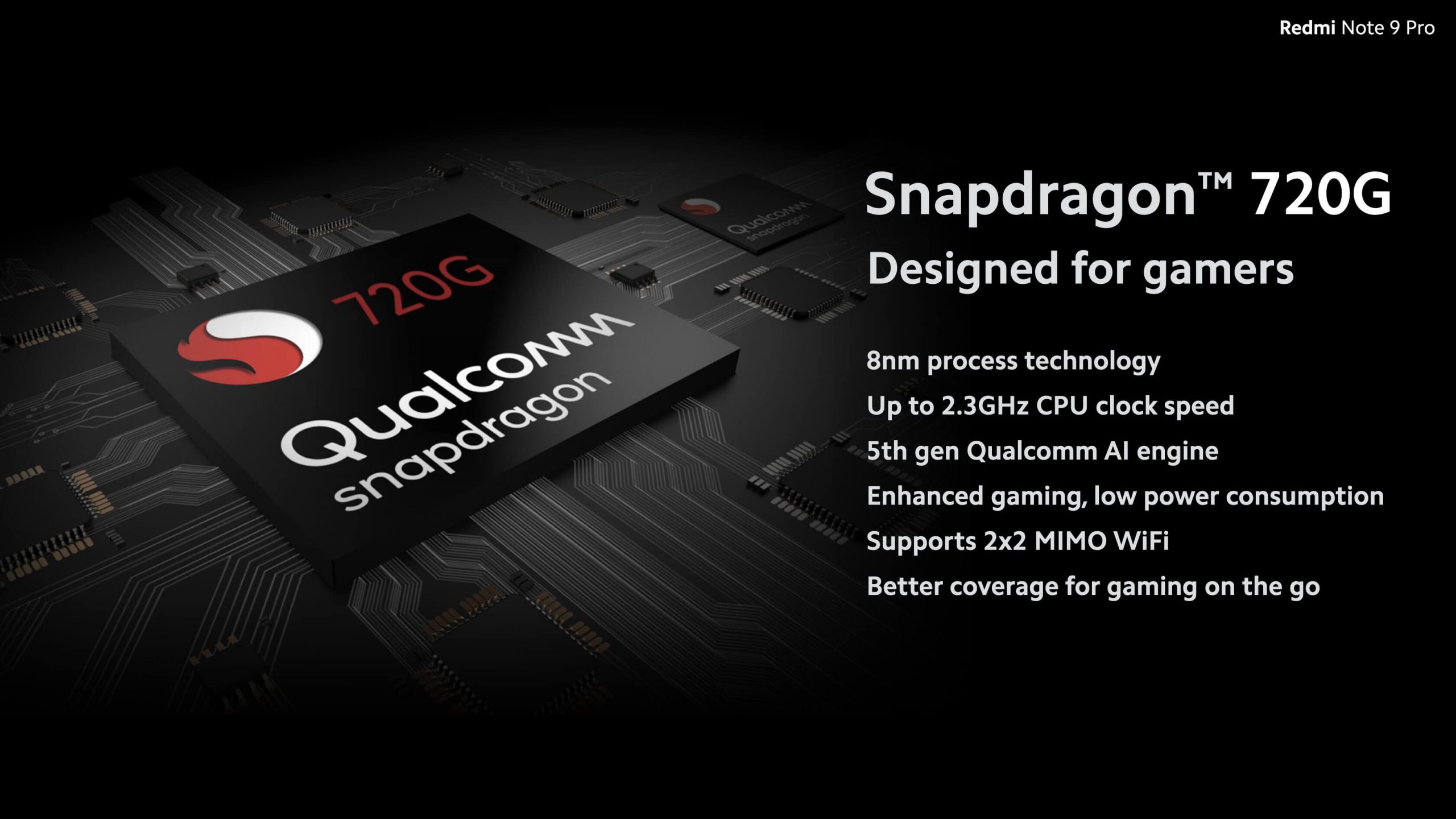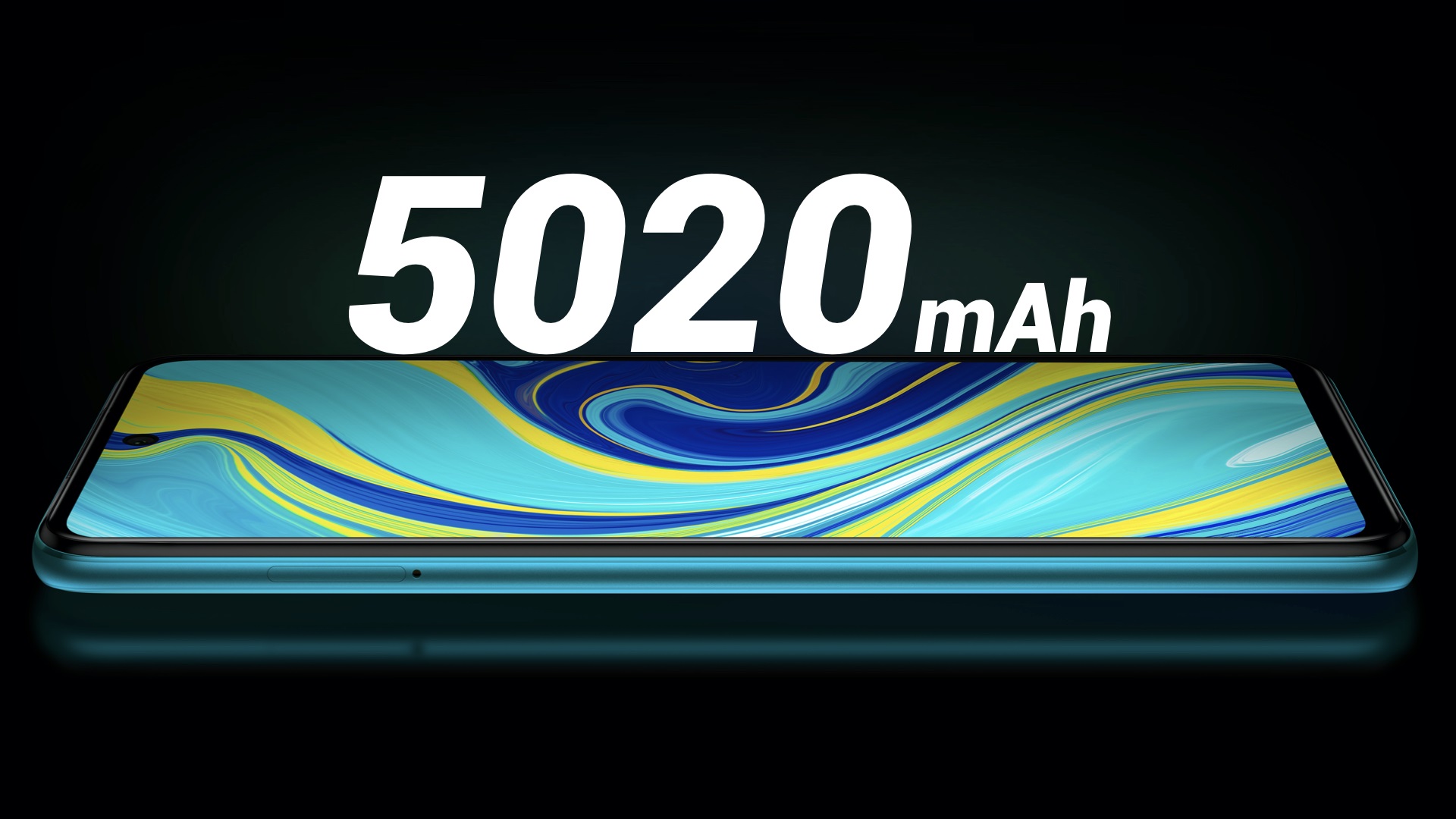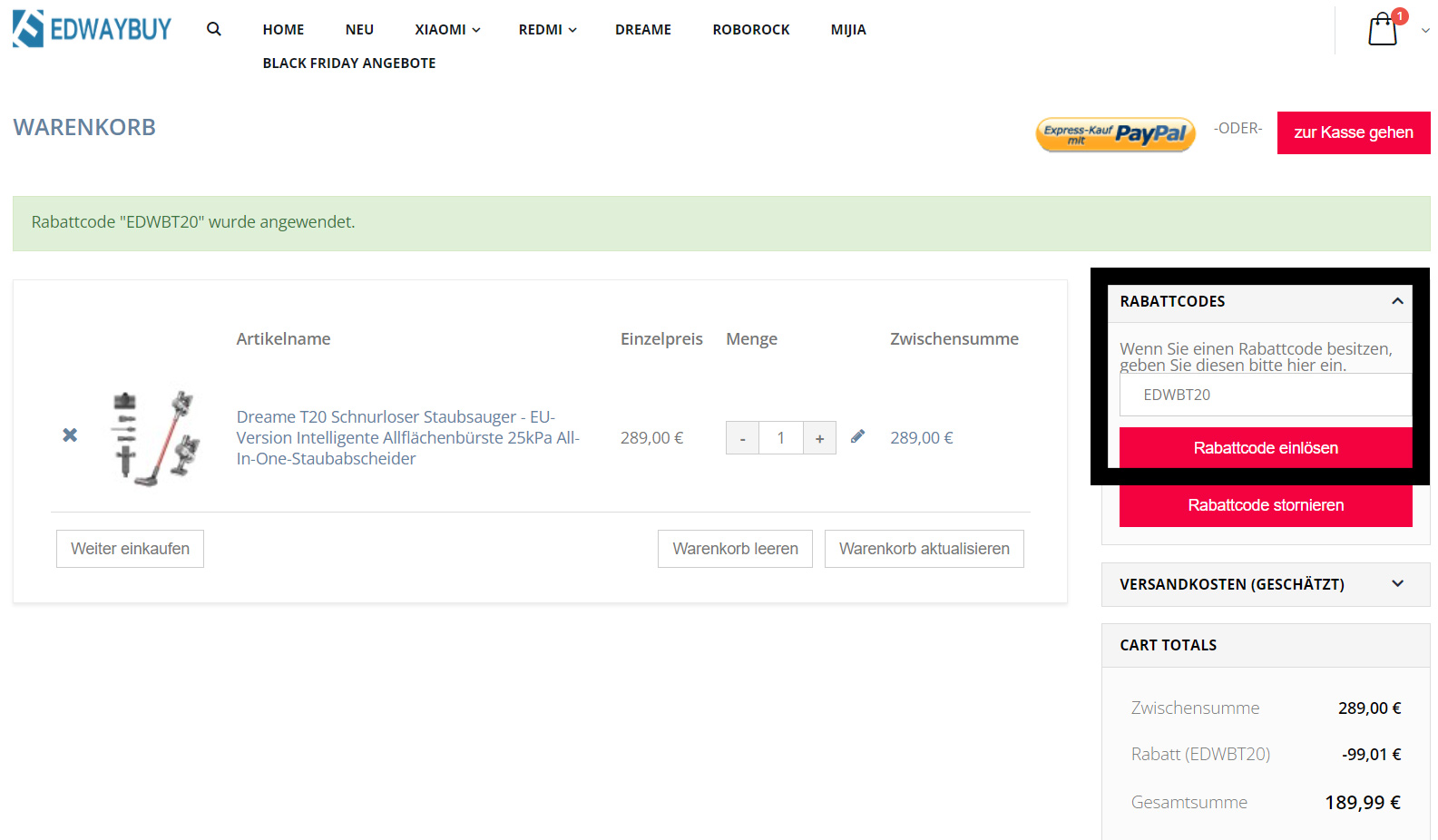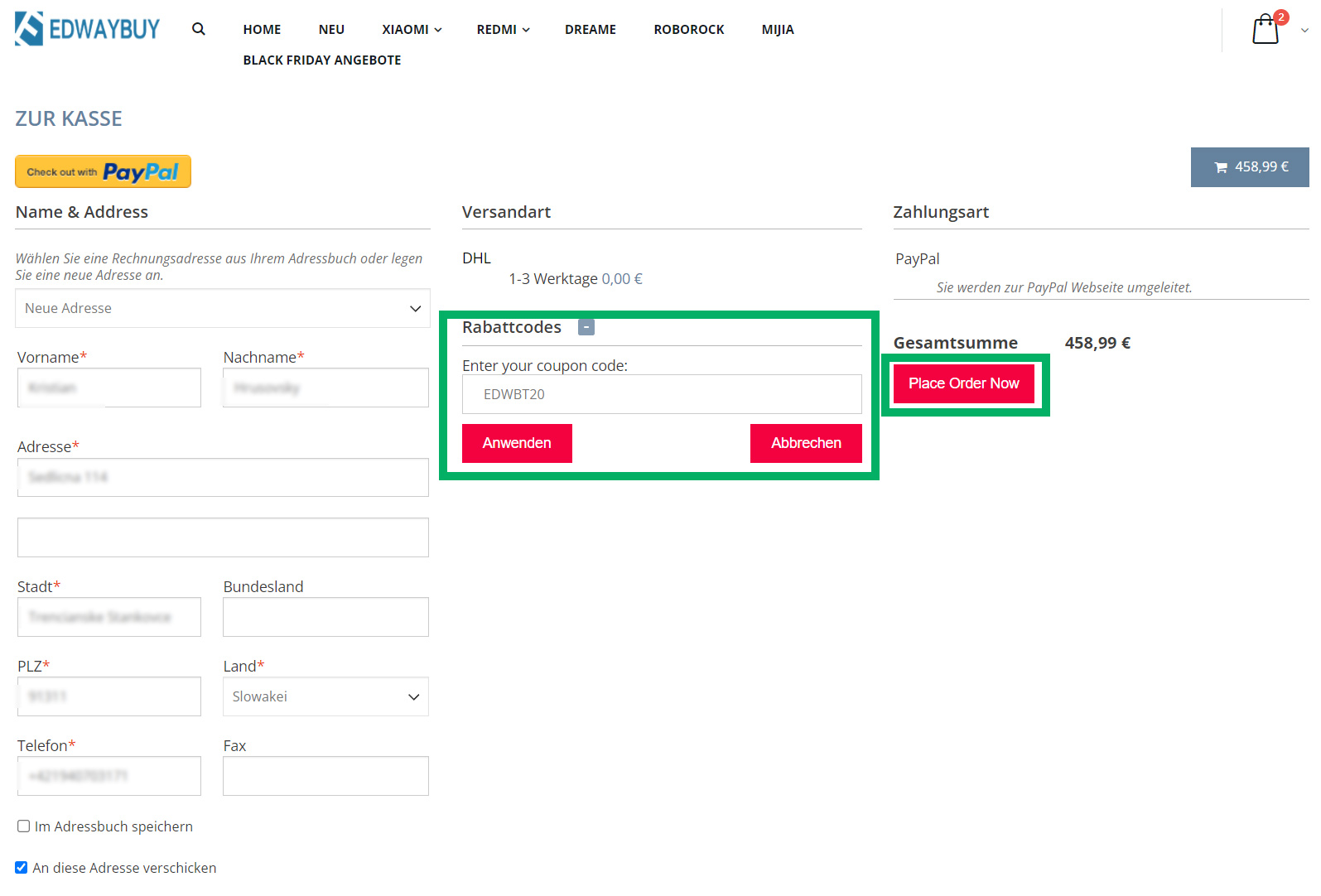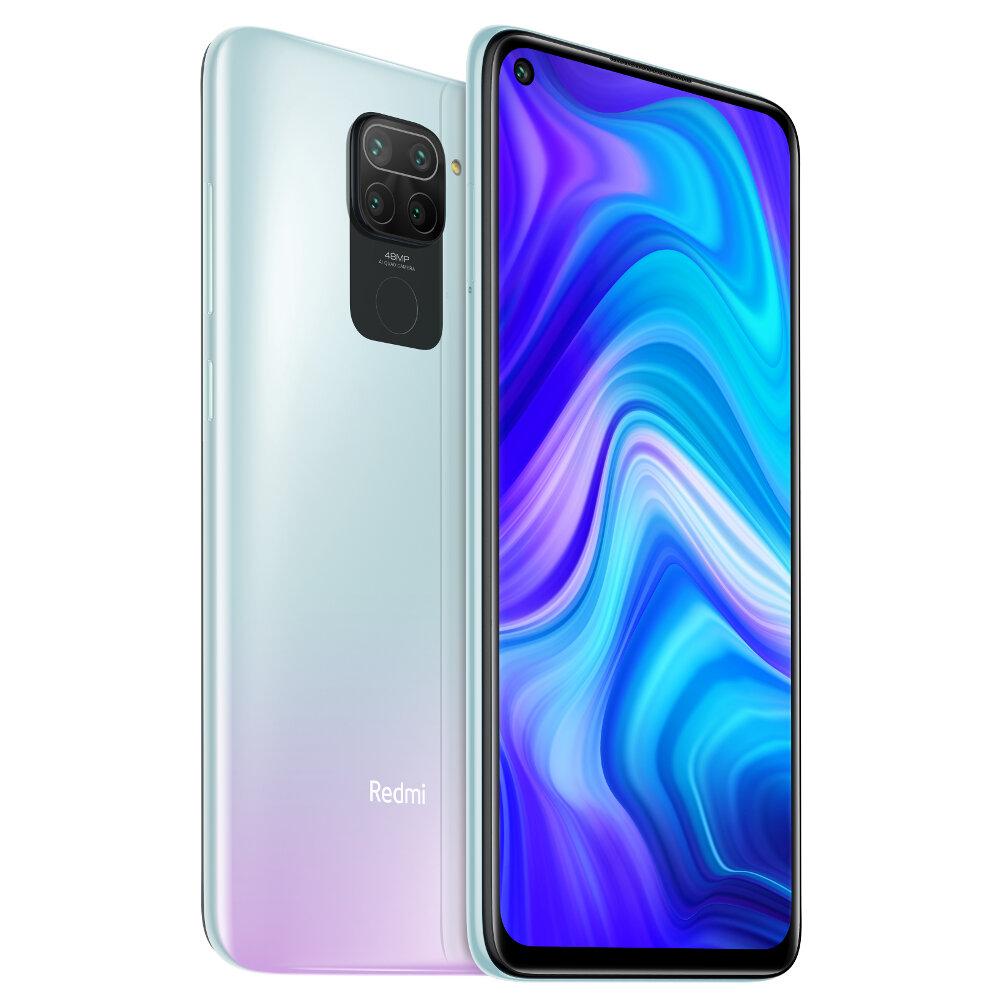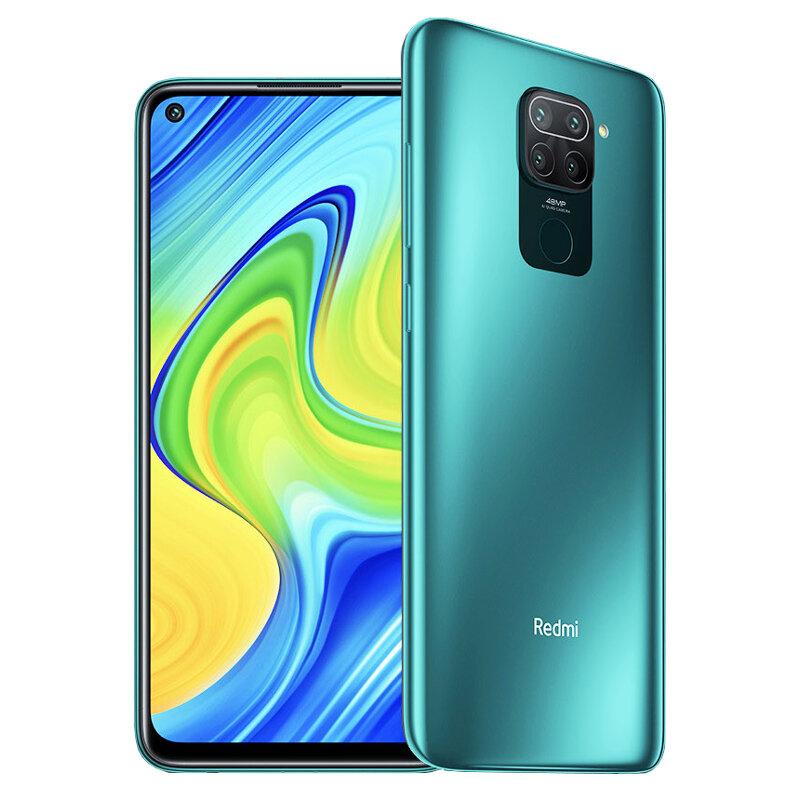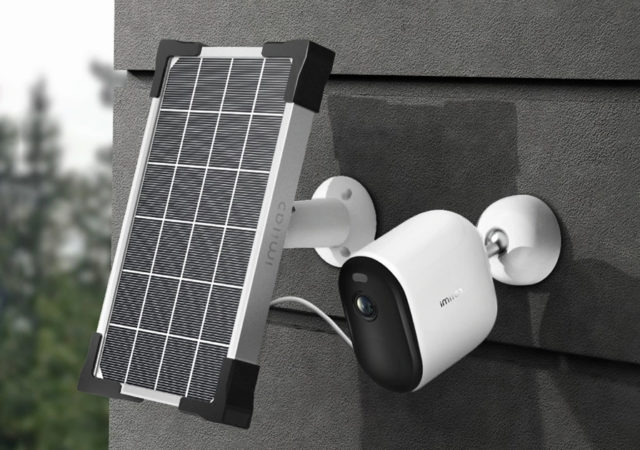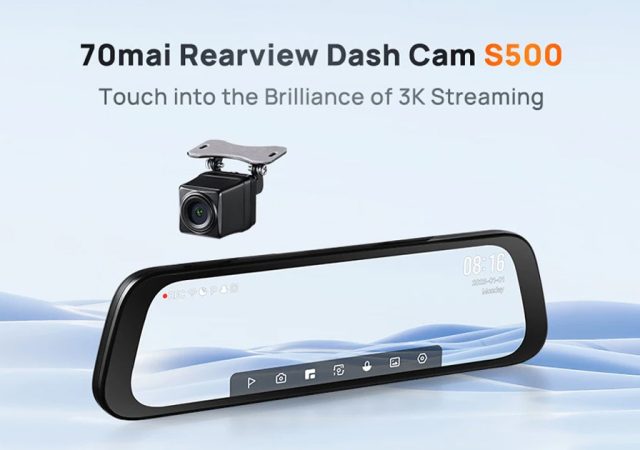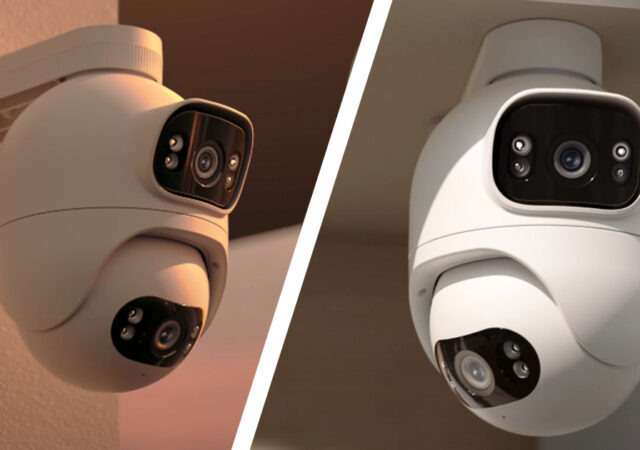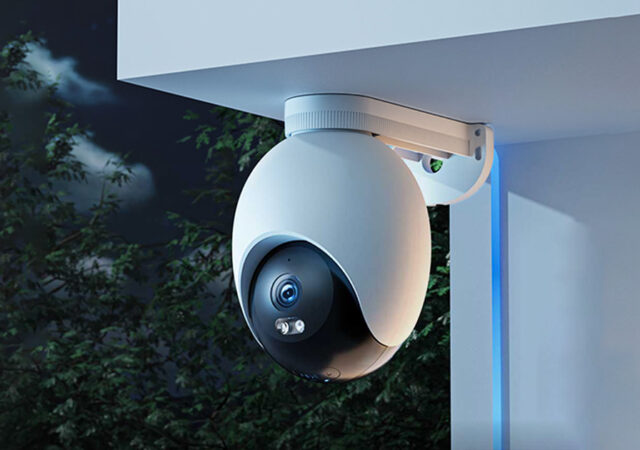A successful series of mid-range smartphones named Redmi Note was enriched this year with three new models of its ninth generation.
We will now look at a detailed comparison of models designed for Europe, namely Redmi Note 9 Pro vs Redmi Note 9S vs Redmi Footnote 9.
Parameter comparison: Redmi Note 9 Pro vs Redmi Note 9S vs Redmi Notes 9
Model line Redmi The Note 9 in 2020 came in three different versions. The differences in equipment are quite significant, the strongest of which is the Pro version.
| Redmi Note 9 Pro | Redmi Note 9S | Redmi Notes 9 | |
|---|---|---|---|
| dimensions | 165.75 x 76.68 x 8.8 mm | 165.75 x 76.68 x 8.8 mm | 162.3 x 77.2 x 8.9 mm |
| Weight | 209 g | 209 g | 199 g |
| Display | IPS / 6.67 inches | IPS / 6.67 inches | IPS / 6.53 inches |
| Resolution | 2400 x 1080 px | 2400 x 1080 px | 2340 x 1080 px |
| sheepfold | 450 rivets | 450 rivets | 450 rivets |
| Refresh rate | 60 Hz | 60 Hz | 60 Hz |
| Contrast | 1500:1 | 1500:1 | 1500:1 |
| Glass | Gorilla Glass 5 | Gorilla Glass 5 | Gorilla Glass 5 |
| Others | TÜV Rheinland Reading mode 2.0 | TÜV Rheinland Reading mode 2.0 | TÜV Rheinland Reading mode 2.0 |
| processor | Snapdragon 720G | Snapdragon 720G | MediaTek Helio G85 |
| Graphics | Adreno 618 | Adreno 618 | ARM G52 MC2 |
| RAM | 6 GB | 4 / 6 GB | 3 / 4 GB |
| Internal memory | 64 / 128 GB | 64 / 128 GB | 64 / 128 GB |
| Primary camera | 64 MPx Samsung GW1 | 48 MPx Samsung GM2 | 48 MPx (unknown sensor) |
| sensor size 1 / 1.72 ″ aperture f / 1.89 | 1.6 µm | sensor size 1 / 1.2 ″ aperture f / 1.79 | 1.6 µm | sensor size 1 / 1.2 ″ aperture f / 1.79 | 1.6 µm | |
| 6 lenses | 6 lenses | 6 lenses | |
| 4K 30 fps | 1080 60 fps video | 4K 30 fps | 1080 60 fps video | 1080p 30 fps | |
| More cameras | 8 MPx widescreen sensor angle of view 119 ° | aperture f / 2.2 | 8 MPx widescreen sensor angle of view 119 ° | aperture f / 2.2 | 8 MPx widescreen sensor angle of view 119 ° | aperture f / 2.2 |
| 5 MPx super macro | f / 2.4 | 1.12 µm | 5 MPx super macro | f / 2.4 | 1.12 µm | 2 MPx super macro | f / 2.4 | 1.75 µm | |
| 2 MPx depth of field sensor f / 2.4 | 1.75 µm | 2 MPx depth of field sensor f / 2.4 | 1.75 µm | 2 MPx depth of field sensor f / 2.4 | 1.75 µm | |
| Front camera | 16 MPx | f / 2.48 | 16 MPx | f / 2.48 | 13 MPx | f / 2.25 |
| Speaker | 1216 X linear speaker | 1216 X linear speaker | 1216 X linear speaker |
| NFC | Yes | No | Yes |
| 3.5 mm jack | Yes | Yes | Yes |
| Infrared port | Yes | Yes | Yes |
| Drums | 5020 mAh | 5020 mAh | 5020 mAh |
| Fast charging 30 W | Fast charging 18 W | Fast charging 18 W | |
| 33 W adapter included | 22.5 W adapter included | 22.5 W adapter included | |
| Price (64 GB) | ~ 210 € | ~ 180 € | ~ 150 € |
Design differences
In terms of design, it is Redmi Note 9 Pro and Note 9S exactly the same smartphone. The cheapest differs slightly from them Redmi Note 9. It differs from them in size and weight, it is 10 grams lighter and has a smaller display.
The Note 9 Pro and Note 9S models have a cutout for the camera located in the middle of the display, while the cheapest Note 9 on the left. They also differ slightly in the design of the rear cameras, otherwise they look very similar.
Different cameras
smartphone Redmi Note 9 Pro comes with a primary camera sensor that has a resolution 64 MPx. It is a Samsung GW1 sensor with a size 1 / 1.7 inches focal screen f / 1,89 and pixel size 1.6 μm / 4-in-1 Super Pixel. The difference is also the ability to create RAW photo, which only this model received.
Redmi Note 9S has a primary Samsung GM2 sensor with resolution 48 MPx. This sensor is sized 1/2.25 inches, focal screen f / 1,79 and pixel size 1.6 μm / 4-in-1 Super Pixel.
In the Note 9 model, the parameters of the main sensor are very similar, except that the exact sensor is not known. However, this is probably the exact same camera as the 9S.
The other three rear camera sensors remain unchanged for the Note 9 Pro and Note 9S and are as follows:
- 8 MPx wide-angle sensor with an angle of view of 119 °, f / 2.2, 1.12μm
- 5 MPx macro sensor, photos from a distance of 2 cm to 10 cm, 1.12μm
- 2 MPx depth of field sensor, 1.75μm
The cheapest Note 9 has a different 2 MPx macro sensor, shoots video in maximum 1080p quality and also has only a 13 MPx selfie camera compared to 16 MPx sensors in better siblings.
Different memory capacities and processors
All smartphones can be obtained in the same memory configuration, but there are also small differences between them. Redmi Note 9 in the basic version starts at 3 GB RAM, while there is also a version with 4 GB RAM. Model 9S starts at 4 GB RAM and there is also a version with 6 GB RAM. The best Note 9 Pro has a version with only 6 GB of RAM.
All three models can be purchased in 64 GB but also in 128 GB variants. In all cases, the space can be expanded using a separate slot on the micorSD card. It can have a capacity of up to 512 GB.
In terms of performance, the Note 9 Pro and Note 9S smartphones are exactly the same, as both contain the new Qualcomm Snapdragon 720G processor with an 8nm manufacturing process. Redmi Note 9, on the other hand, received a MediaTek chipset, namely the Helio G85.
Different charging speed
In this category, too, the Pro model gained a slight advantage, in the form of fast charging with power up to 30 W. With this parameter, it also overtook last year's flagships of the Xiaomi concern, which is commendable in this class of smartphones.
Note 9S and Note 9 also have a fast charging function, but with power only 18 W, which we now consider more or less a weaker standard. All three smartphones then offer a large capacity battery 5 020 mAh.
The differences are also taken into account by the selling price
Of course, these differences also had to be reflected in sales prices. Here are the sales prices with our coupons:
Redmi Note 9 Pro Global
Express delivery from a Polish warehouse free of duty and VAT.
This product will be delivered to you expressly from a local Polish warehouse. Delivery from Poland usually takes 7-10 days and is delivered by courier. You do not pay any additional fees, no duties or VAT on delivery.
Express delivery from a Polish warehouse free of duty and VAT.
This product will be delivered to you expressly from a local Polish warehouse. Delivery from Poland usually takes 7-10 days and is delivered by courier. You do not pay any additional fees, no duties or VAT on delivery.
Redmi Note 9S Global
There is no extra charge for EU Priority Line.
We recommend choosing the EU Priority Line, where you will not pay extra. Customs fees and any VAT will be handled directly by you. Shipping can be selected in the cart after entering the delivery address. EU Priority Line delivery typically takes approximately 15 days, but may take longer.
There is no extra charge for EU Priority Line.
We recommend choosing the EU Priority Line, where you will not pay extra. Customs fees and any VAT will be handled directly by you. Shipping can be selected in the cart after entering the delivery address. EU Priority Line delivery typically takes approximately 15 days, but may take longer.
Redmi Notes 9 Global
- [EU Priority Line] NFC version, 3 + 64 GB
- [EU Priority Line] NFC version, 4 + 128 GB
- [German warehouse] 4 + 128 GB
There is no extra charge for EU Priority Line.
We recommend choosing the EU Priority Line, where you will not pay extra. Customs fees and any VAT will be handled directly by you. Shipping can be selected in the cart after entering the delivery address. EU Priority Line delivery typically takes approximately 15 days, but may take longer.
There is no extra charge for EU Priority Line.
We recommend choosing the EU Priority Line, where you will not pay extra. Customs fees and any VAT will be handled directly by you. Shipping can be selected in the cart after entering the delivery address. EU Priority Line delivery typically takes approximately 15 days, but may take longer.
Express delivery from a German warehouse via a DHL courier within 5 working days. days
The product will be delivered to you express within 5 working days via DHL. Delivery takes place from a European warehouse and you do not pay any customs duties.
Redmi Note 9 Pro vs Redmi Note 9S vs Redmi Note 9: Which one to choose?
This year's smartphones Redmi Note series 9 pleasantly surprised us. We were pleased with the relatively good equipment of the middle class combined with low prices. We are very happy with the Qualcomm Snapdragon processors and it is the first time ever that the series Redmi Note received the 7th line of chips of this brand.
We were slightly disappointed by the absence of an NFC module in the case of the 9S model, but it is the cheapest Redmi The Note 9 and the Pro model have it.
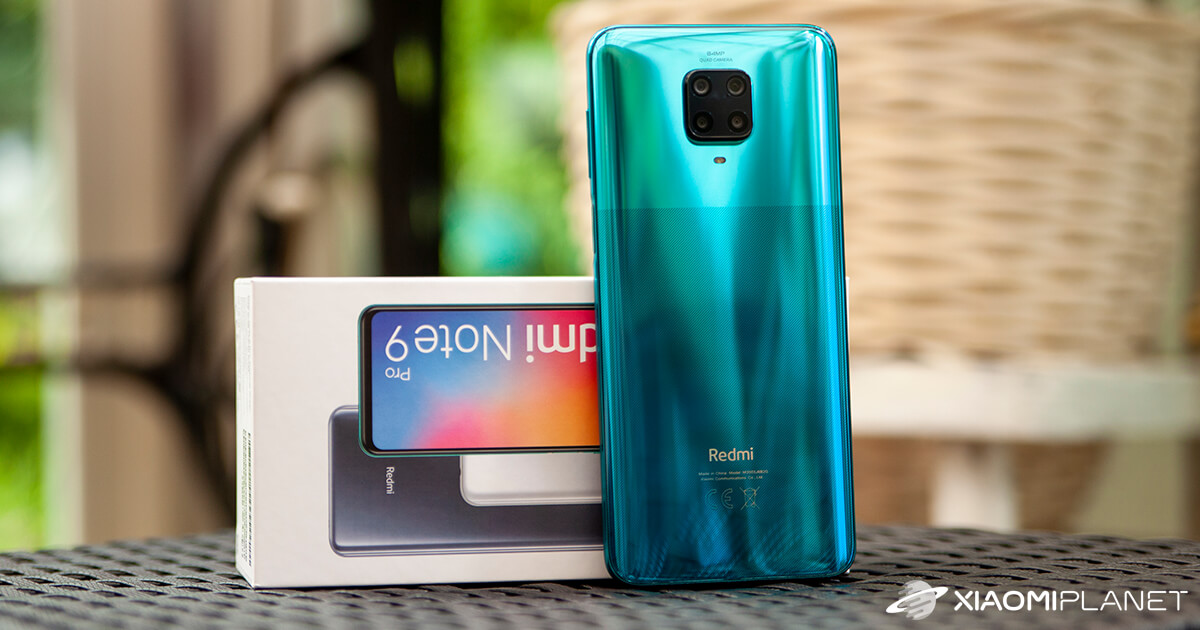
If you are among the more demanding photo users and want to invest a maximum of 250 €, he will be a model for you Redmi Note 9 Pro with 64 MPx camera. If, on the other hand, you need decent performance and a very long battery life of up to 200 €, go to the Note 9S model.
And finally, if you want the best for around 150 €, the cheapest one is here for you Redmi Note 9, which will offer a large display, a large battery and sufficient performance for everyday use.


